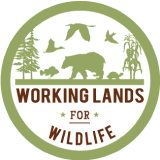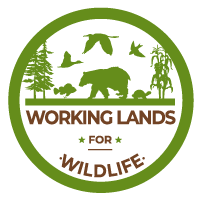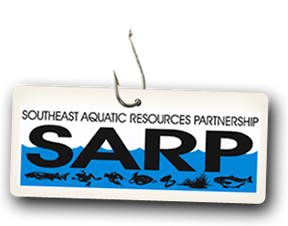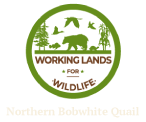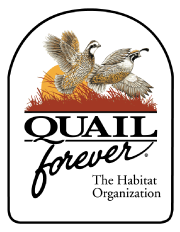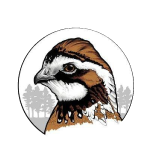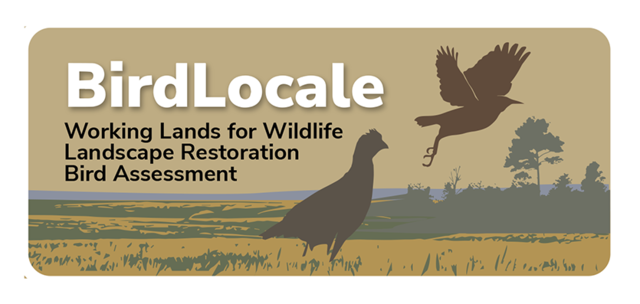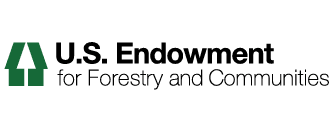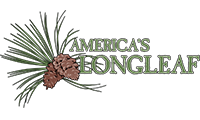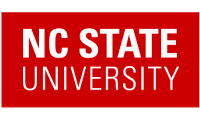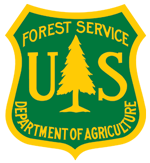General Resources and Publications
In the working lands library, you will find project reports, presentations, peer-reviewed studies, and more.
Maryland 587: Structure for Water Control
This standard allows for the installation of a water control structure to provide the manipulation of water levels. The ability to control water levels in a shallow water waterfowl impoundment can allow for proper moist soil management techniques.
Maryland 657: Wetland Restoration
This standard consists of returning a wetland and its functions to a close representation of its original condition prior to being disturbed. It applies for areas with hydric soils that have been converted to non-wetland by filling, draining, or other hydrology changes.
Delaware 644: Wetland Wildlife Habitat Management
This practice is supplemented with other wetland standards to provide financial assistance in the management of a wetland for wildlife habitat.
Virginia 657: Wetland Restoration
This standard consists of returning a wetland and its functions to a close representation of its original condition prior to being disturbed. It applies for areas with hydric soils that have been converted to non-wetland by filling, draining, or other hydrology changes.
Virginia 658: Wetland Creation
This practice is utilized when building a wetland in an area that was not historically a wetland. If a site has non-hydric soils, this practice is used in the creation of wetland features including shallow water wetlands for waterfowl.
Virginia 646: Shallow Water Development and Management
This practice is supplemented in the creation of a shallow water area for waterfowl management.
Virginia 645: Upland Wildlife Habitat Management
This practice consists of the management of food, cover, and shelter for wildlife which can be utilized for waterfowl nesting habitat.
Virginia 644: Wetland Wildlife Habitat Management
This practice is supplemented with other wetland standards to provide financial assistance in the management of a wetland for wildlife habitat.
Virginia 587: Structure for Water Control
This standard allows for the installation of a water control structure to provide the manipulation of water levels. The ability to control water levels in a shallow water waterfowl impoundment can allow for proper moist soil management techniques.
Virginia 378: Pond
This standard allows for an area to impound water through excavation or an earthen embankment. For waterfowl, a pond standard consisting of shallow excavation and a berm of no more than 3 FT is suggested.
Virginia 356: Dike
This standard allows for the construction of an earthen berm to assist in controlling water levels for waterfowl management.
Virginia 338: Prescribed Burning
This practice is utilized as another method to control unwanted or invasive species, as well as promote early successional plant growth. Early successional moist soil plants are a vital dietary source for waterfowl and other wildlife species.
Virginia 327: Conservation Cover
This standard is utilized for establishing vegetative cover to enhance wildlife habitat.
Virginia 315: Herbaceous Weed Treatment
This standard allows for the removal or control of herbaceous weeds including invasive, noxious, and prohibited plants. This practice is applicable for areas that have excessive Phragmites australis growth allowing for removal and management of these areas to let native plants to reestablish.
Virginia 314: Brush Management
This standard allows for the removal and management of woody plants including invasive and noxious plants. Using this standard will allow landowners with existing degraded wetlands or waterfowl shallow water areas to clean up the area and return it to early successional vegetation.
American Black Duck Fact Sheet for Delaware Residents
The current fact sheet and applicable practices for the American Black Duck NRCS Working Lands for Wildlife Program in Delaware.
American Black Duck Fact Sheet for Eastern Shore Virginia Residents
The current fact sheet and applicable practices for the Working Lands for Wildlife Black Duck Program in Virginia.
Maryland Shallow Water Area Fact Sheet
The state of Maryland NRCS fact sheet for shallow water areas, a common practice used in creating or restoring habitat for waterfowl use
Managing Longleaf Pine Forests for Our Future
Longleaf Climate Smart Guide (2024) by TNC, Clemson, and The Longleaf Alliance, 17 pages
Link to 2024 Paper on Bobwhite Response to Pine Savanna Management
A few bobwhite related papers that have been published in the past few months. July 2024
